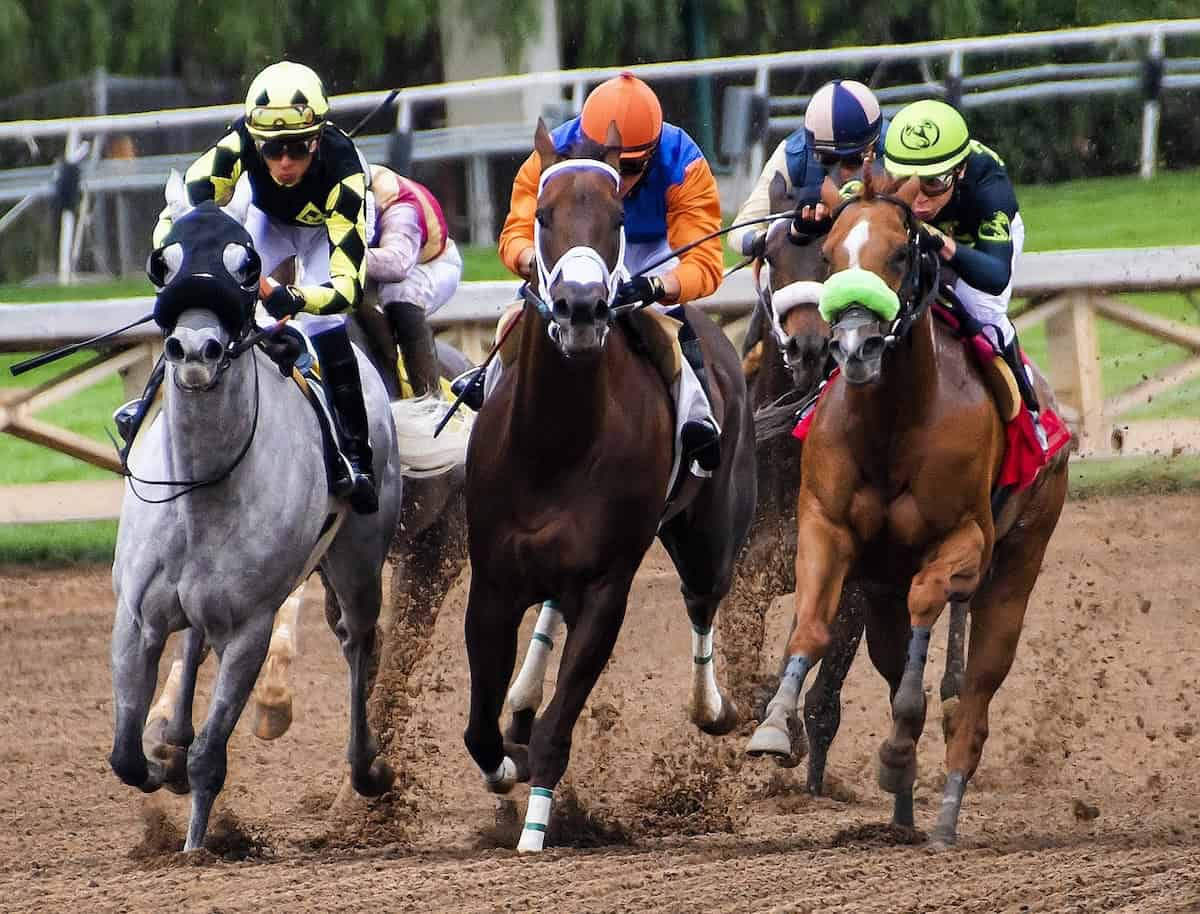There are few more exciting sporting events on the international calendar than the Kentucky Derby. The opening leg of the Triple Crown in the United States attracts visitors from across the globe, with Churchill Downs welcoming hundreds of thousands of visitors on an annual basis.
It is long considered to be one of the most significant races on the schedule, as horses aged three bid to join the list of Kentucky Derby winners. You can find them here: twinspires.com/kentuckyderby/winners/
However, only a handful of horses have been able to join the elite throughout their careers, such is the difficulty of winning the opening leg of the Triple Crown.
But, the Kentucky Derby in its current format looks different to how it did when it was first staged due to the implementation of various forms of technology. But, what have been some of the key changes to the race throughout history?
Drones
One of the most prominent forms of technology that have been implemented at Churchill Downs is the use of drones around the course. This form of technology was first used during the COVID-19 era of racing at the track, as it was used to help disinfect large periods of the course before welcoming visitors.
It ensured that the Derby was one of the safest sporting events to attend during that period, with special drones able to disinfect touch areas, as well as spraying antibacterial spray across the entire track.
Drones have been used regularly at Churchill Downs since then, as it offers broadcasters an opportunity to film footage from a higher vantage points to give viewers a birds-eye view of the runners while they are competing in the Derby.
Monitoring Health
Technology has had a huge impact on the welfare of horses involved in the Kentucky Derby, with monitors now attached to every runner in the race in the lead up to the race in order to assess their heart rates and temperatures.
This is regarded as one of the biggest changes to the sport, and was a reason behind the high number of non-runners at both the Churchill Downs meet last year and the Breeders’ Cup in November. However, being able to carefully examine the stats and trends of each horse involved in racing is a huge benefit to trainers, as it ensures that they are able to pick up any issues that the naked eye may be unable to see.
As well as helping to pick up areas of concern, this technology has also been implemented to help trainers get the best out of their runners when it comes to work that is conducted on the gallops before going to the track.
Starting Gate Technology
The start of the race can make or break the chances of a runner in the Kentucky Derby, meaning that it was only a matter of time before changes were implemented to make horses feel as comfortable as possible when they are in the gate.
Given that the Derby is typically one of the earliest times a runner has needed to deal with starts, this has been an important issue addressed when it comes to giving every runner in the Triple Crown race the best chance of claiming a victory. This technology now means that there is less noise around the starting gates, which eases the stress that runners will feel in the moments before the start of the race.
Sensors within the gates have also improved following the breakthroughs made in technology, meaning that horses are able to break quickly, which therefore reduces the risk of delayed exits from the gate and also accidents that could lead to injuries. Technology within starting gates is examined on a regular basis at Churchill Downs, meaning that the track is always looking for further ways to meet safety requirements.
Weather Tracking
One of the biggest factors that could impact how the Kentucky Derby is run surrounds the weather that could be set for Churchill Downs. Breakthroughs in technology means that organisers can now have the best and most reliable information surrounding what the weather could be like on Derby day, which can help them act quickly to ensure that horse welfare is maintained at the highest level.
Organisers will typically put back up plans in place in case the weather becomes rainy on Derby day, but this form of technology ensures that there isn’t a late scramble to change plans on the day.
Weather technology is also incredibly helpful for trainers and jockeys, as it could give them express notice as to how to ride their horse in the race, with slower conditions typically meaning that different tactics will have to be applied.
It could also give trainers the chance to save stress for their horses, as they may opt to scratch their runner before travelling to the track if slower conditions don’t suit their horse.
Article and permission to publish here provided by Jonas Gritenas. Originally written for Supply Chain Game Changer and published on April 18, 2024.
Cover image by Clarence Alford from Pixabay.

